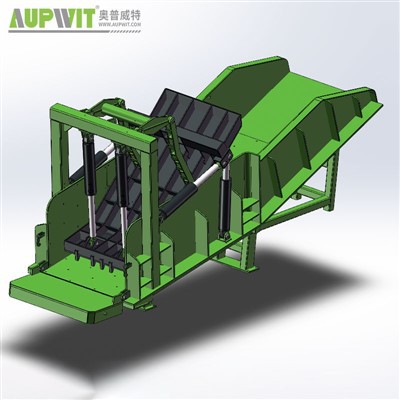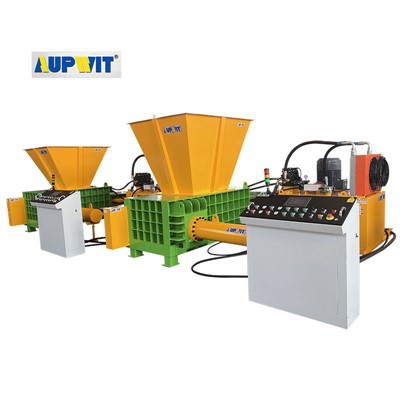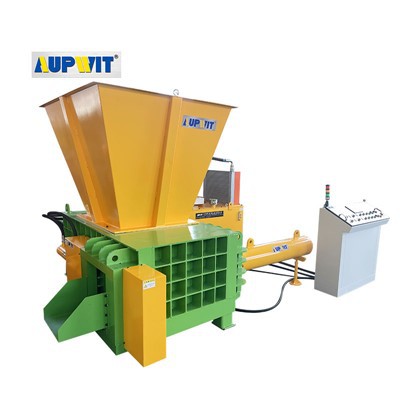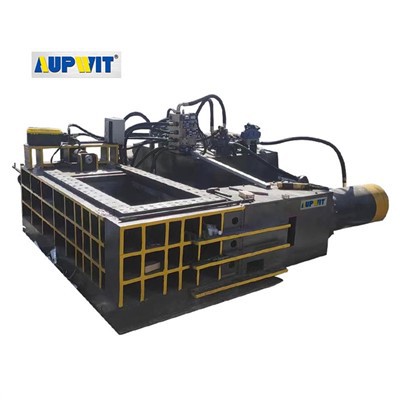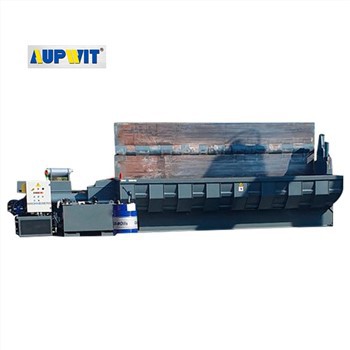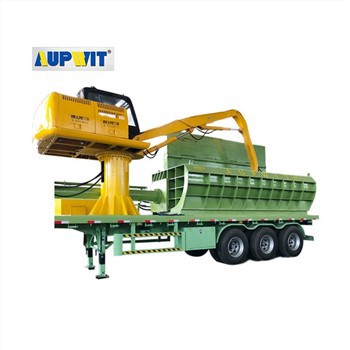Introduction
With increasing urbanization and environmental concerns, cities worldwide are seeking efficient and quiet waste processing solutions. The low noise hydraulic tire baler represents a significant advancement in urban waste management technology, combining high-performance compaction with minimal noise pollution. This article explores the technical specifications, operational benefits, and environmental advantages of this innovative equipment.
Technical Features
-
Noise Reduction Technology
-
Advanced hydraulic systems with sound-dampening materials
-
Vibration isolation mounts reducing operational noise to <65 dB
-
Electric-hydraulic hybrid options for ultra-quiet operation
-
-
Urban-Adaptive Design
-
Compact footprint for limited urban spaces
-
Odor-control systems for neighborhood compatibility
-
LED-equipped for nighttime operation visibility
-
-
Performance Metrics
-
Compression force: 50-200 tons (configurable)
-
Processing capacity: 5-15 tires per minute
-
Energy consumption: 30% lower than conventional balers
-
Operational Benefits
-
24/7 Operation Capability due to low noise profile
-
Reduced Transportation Costs through high-density bales (up to 2:1 volume reduction)
-
Worker Safety with enclosed operation and automatic feeding systems
Environmental Impact
-
Noise Pollution Reduction: Comparable to normal urban background noise
-
Emission Control: Optional electric models produce zero onsite emissions
-
Recycling Efficiency: Prepares tires for pyrolysis or material recovery
Case Study: Singapore Implementation
The Urban Redevelopment Authority reported:
-
40% noise reduction compared to previous generation equipment
-
28% increase in tire collection efficiency
-
92% neighborhood approval rating after installation
Future Developments
Manufacturers are integrating:
-
AI-powered load sensing for optimized compression
-
Solar-assisted power systems
-
IoT connectivity for real-time monitoring
Conclusion
The low noise hydraulic tire baler addresses critical urban challenges by merging environmental responsibility with operational efficiency. As cities continue to prioritize sustainable development, this technology is poised to become standard in municipal waste management systems worldwide.


